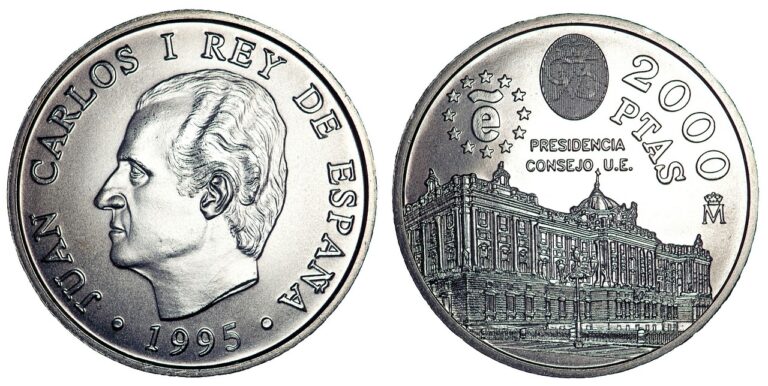The History and Significance of Pearls
goldbet.com login, tigerexch247, betbook247 id:The History and Significance of Pearls
Pearls have fascinated humans for centuries with their iridescent beauty and rarity. These gemstones are unique as they are formed inside the shells of certain mollusks, such as oysters and mussels, as a defense mechanism against potential threats. The process of pearl formation is a natural wonder that takes years to create a single gem. Let’s delve into the captivating history and significance of pearls.
The Early Origins of Pearls
Pearls have a long history of being treasured and revered by various cultures around the world. The earliest recorded mention of pearls dates back to ancient China, where they were highly prized by the affluent elite. In ancient Egypt, pearls were associated with the goddess Isis and were often buried with royalty to accompany them in the afterlife. The Greeks believed that pearls were tears of joy shed by the goddess Aphrodite.
The significance of pearls transcended cultures and continents, making them a symbol of wealth, power, and beauty. In Rome, pearls were considered the ultimate status symbol and were worn by emperors and aristocrats as a display of their opulence. Throughout history, pearls have also been associated with purity and innocence, making them popular choices for brides on their wedding day.
The Pearl Trade and Exploration
The demand for pearls led to the development of maritime trade routes and exploration. In the 15th and 16th centuries, European explorers such as Christopher Columbus and Vasco da Gama ventured to distant lands in search of pearls and other precious commodities. The discovery of the New World brought an influx of pearls from the Caribbean and Central America, leading to a pearl boom in Europe.
Pearls became a coveted luxury item among European royalty and nobility, leading to the rise of the pearl trade industry. Pearls were used to adorn royal regalia, clothing, and jewelry, cementing their status as symbols of wealth and power. The popularity of pearls continued to grow during the Renaissance period, with artists and poets immortalizing their beauty in paintings and literature.
The Modern Cultured Pearl Industry
As the demand for pearls grew, advances in technology and techniques led to the emergence of the cultured pearl industry. In the early 20th century, Japanese biologist Kokichi Mikimoto successfully cultivated the first cultured pearl, revolutionizing the pearl market. Cultured pearls are created by inserting a nucleus into a mollusk’s shell to stimulate pearl formation, a process that mimics nature but accelerates the timeline.
Cultured pearls made pearls more accessible to a wider audience, democratizing their beauty and appeal. Today, cultured pearls dominate the market, with various countries such as China, Japan, and Australia leading the production of high-quality pearls. Cultured pearls come in a range of colors, shapes, and sizes, making them versatile and suitable for various styles and occasions.
The Symbolism of Pearls
Pearls hold deep symbolism and meaning across different cultures and traditions. In many Eastern cultures, pearls are associated with purity, wisdom, and spiritual transformation. In Chinese mythology, pearls represent immortality and enlightenment, while in Hinduism, pearls symbolize purity and love. In Western cultures, pearls are often worn as a symbol of sophistication, elegance, and femininity.
Pearls are also believed to have healing properties and metaphysical benefits. They are thought to balance emotions, promote inner peace, and enhance creativity and intuition. Some believe that wearing pearls can attract wealth and prosperity or protect against negative energy. Whether worn as jewelry or used in holistic practices, pearls continue to captivate and inspire people worldwide.
The Future of Pearls
As we look to the future, the allure of pearls shows no signs of waning. With the rise of sustainable and ethical practices in the jewelry industry, consumers are increasingly seeking out responsibly sourced pearls that are harvested in an environmentally friendly manner. The demand for unique and rare pearl varieties, such as Tahitian black pearls and South Sea pearls, continues to grow, driving innovation and creativity in the pearl market.
Pearls remain timeless and elegant, offering a touch of luxury and sophistication to anyone who wears them. Whether worn as a classic strand of pearls, a statement piece of jewelry, or incorporated into modern designs, pearls have the power to elevate any look and make a lasting impression. As we continue to celebrate the history and significance of pearls, we can appreciate their enduring beauty and cultural significance in our lives.
Thank you for reading about the history and significance of pearls. If you have any questions about pearls, please refer to the FAQs section below.
—
FAQs
1. What are the different types of pearls available?
There are several types of pearls, including Akoya pearls, freshwater pearls, Tahitian pearls, South Sea pearls, and Keshi pearls. Each type has unique characteristics in terms of size, shape, color, and luster.
2. How can I care for my pearls to ensure they last a lifetime?
To care for your pearls, it is essential to keep them away from harsh chemicals, perfumes, and extreme temperatures. Store them in a soft pouch or jewelry box to prevent scratching and exposure to sunlight. Wipe them clean with a damp cloth after wearing to remove any oils or debris.
3. Are cultured pearls real pearls?
Yes, cultured pearls are real pearls that are created through a process of inserting a nucleus into a mollusk’s shell to stimulate pearl formation. Cultured pearls are considered genuine gemstones and are valued for their beauty and quality.
4. What is the significance of wearing pearls on special occasions?
Wearing pearls on special occasions, such as weddings, graduations, or parties, is considered auspicious and symbolic of purity, love, and celebration. Pearls are believed to bring good luck and happiness to the wearer and are often passed down as heirlooms from generation to generation.







